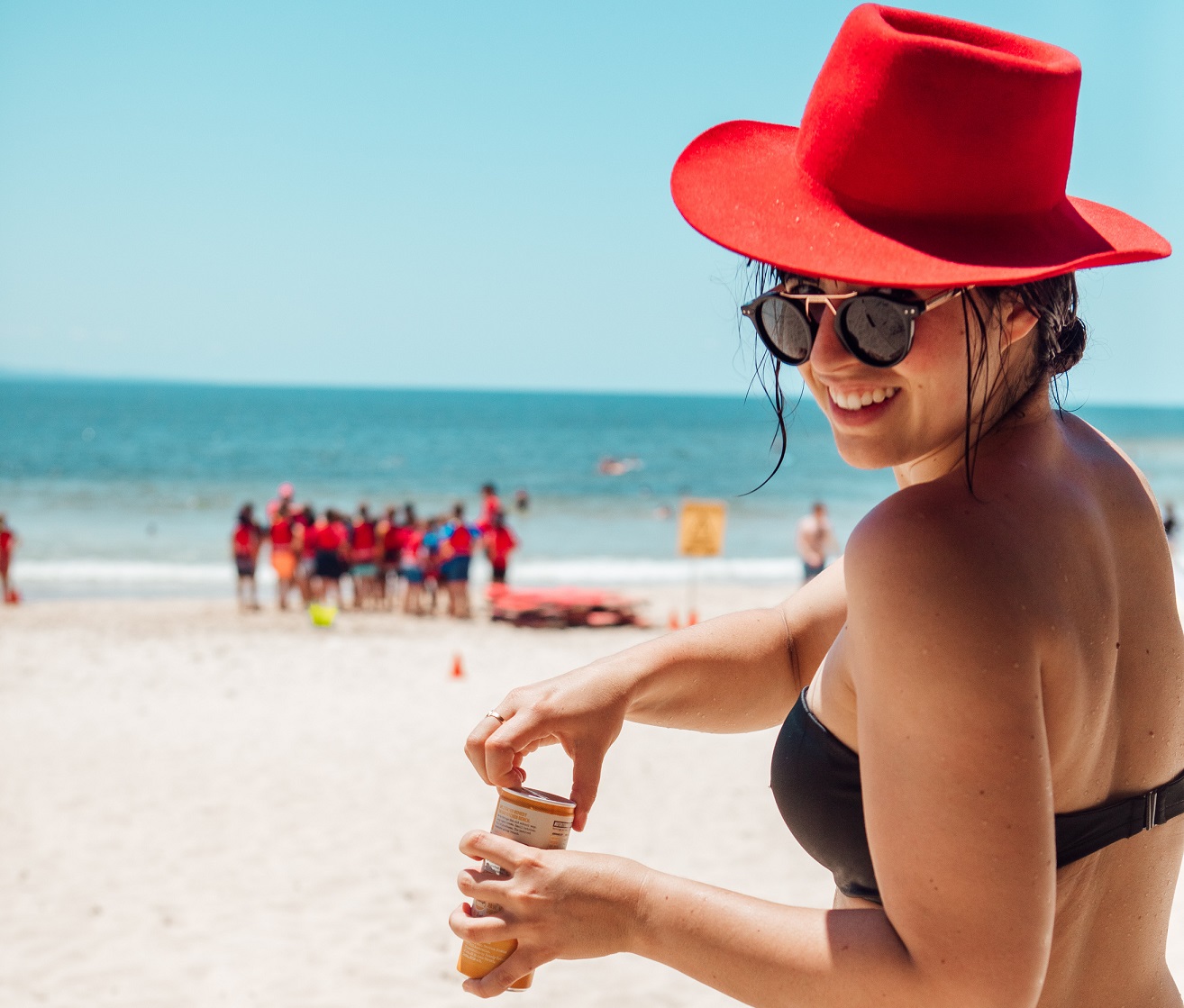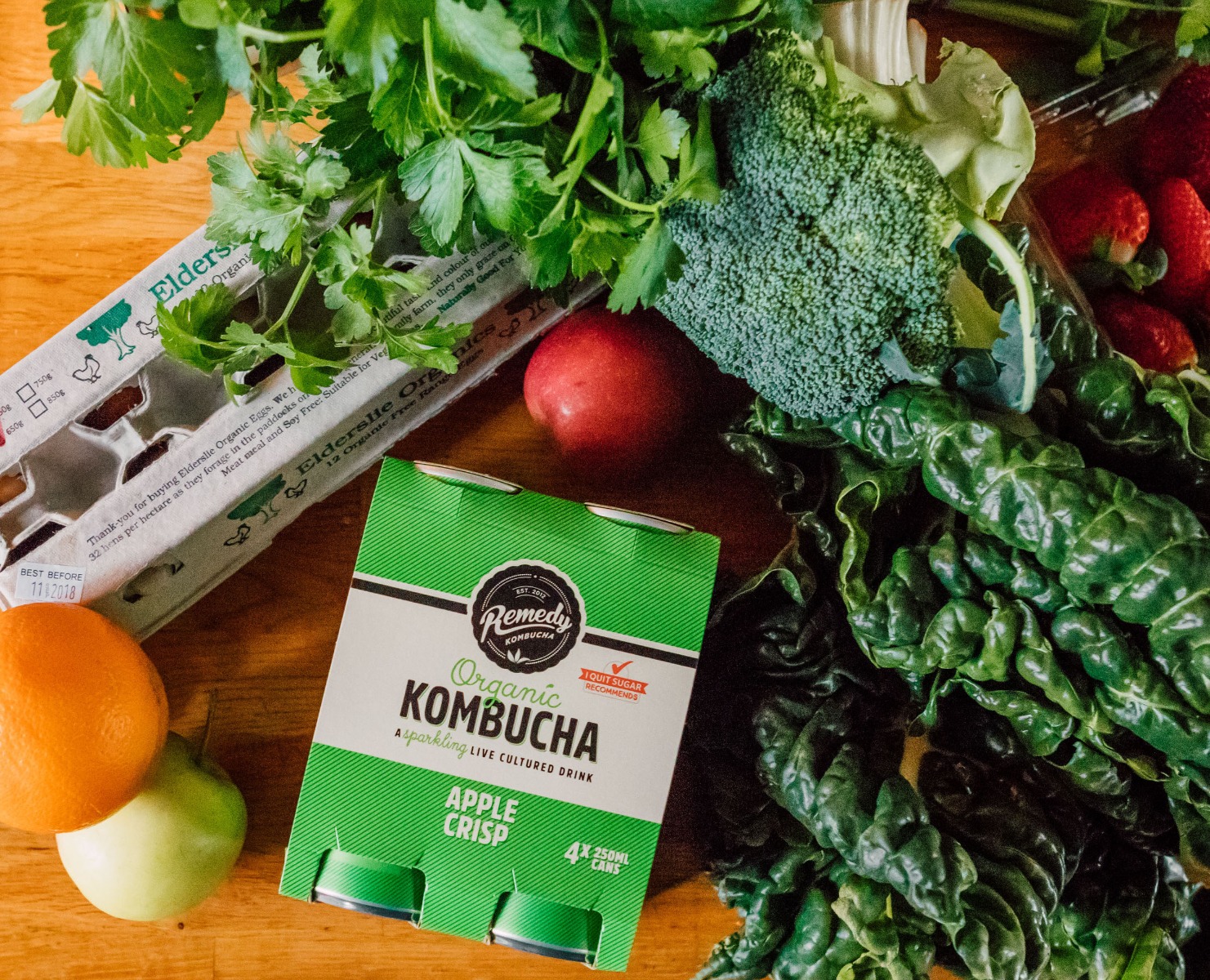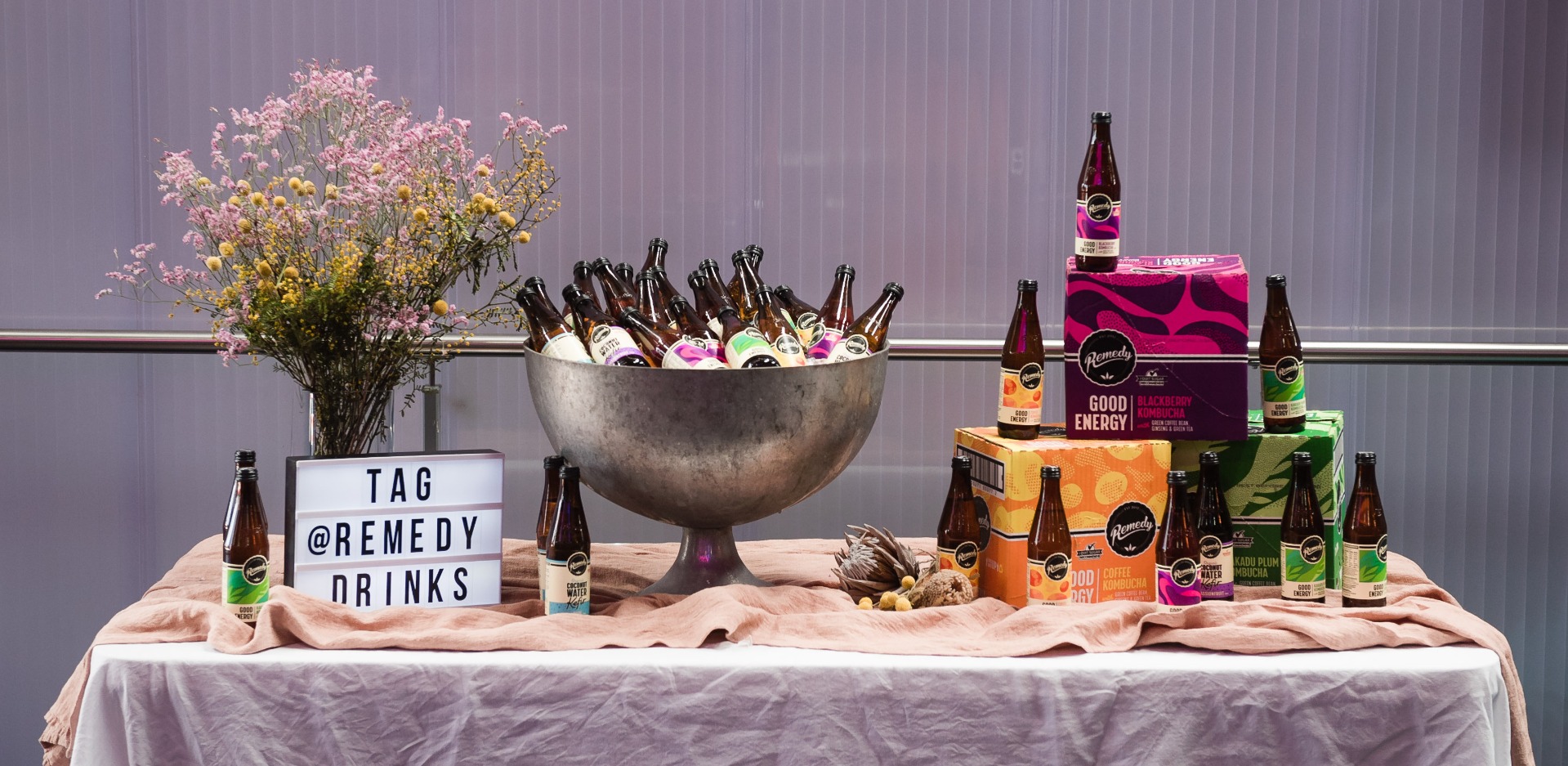Kick sugar in the lumps for good
It’s easy to mindlessly scoff down a candy cane or guzzle a ginger beer during the festive season – but, when the New Year dawns it’s time to hit reset, break up with the sweet stuff and reap the rewards of a nutritious diet.
Before you flashback and get the guilts for having that second serving of grandma’s cake – you’re not alone in this sugar battle. The most recent stats from the Australian Bureau of Statistics show shockingly, Aussies on average consume 14 teaspoons of sugar a day. Yup, we’re all hooked.
In the early days, it can feel like mission impossible saying cya to your go-to sugar bomb (hello, 3pm Freddo). However, Nutritionist and Remedy Ambassador Jacqueline Alwill says the benefit of quitting sugar is too good to dismiss and not give a try.
“People often see the results far sooner than they think – clearer skin, increased energy levels, weight loss and mental clarity are a few benefits worth mentioning to help you muster up the motivation to reduce your sugar intake.”
To help you ditch your sugar habit for good this year – follow foodie expert Alwill’s guide to going sugar-free.
Call on your community
“Like anything, it’s easier to do a challenge with a friend, family member or partner – build a support network to help keep you motivated for the first couple of months of going sugar-free.”
Be mindful of withdrawls
It’s true, the more sugar you eat, the more you crave. Many studies have shown sugar stimulates certain areas of the brain in the same way as drug and alcohol addictions. It’s highly addictive and challenging to quit, but with the right mindset, anything is achievable.
During the first few days, be mindful of your emotions and try minimising stress as going cold turkey can be tricky. Everyone’s experience differs, but you may find intense waves of cravings, mood swings, dizziness and nausea – stay strong as the benefits will soon outweigh the withdrawal symptoms.”
Plan for your meals
“Plan your meals for the first week and try to avoid eating out in those early days as you’ll find sugar is added to so many take away, restaurant prepared meals and found in all those “extra” foods and snacks on the go.”
Exercise on the daily
“Reduce your stress levels by exercising each morning – do something you love and keep it low-impact in the first few weeks. Think brisk walking, yoga or pilates.
Interestingly, a 2015 study found short bouts of physical exercise may reduce the craving for sugary snacks. (win).
Eat more protein
To avoid reaching for a sugary snack, fill up on protein to keep your hunger levels at bay and boost your energy.
“Try to eat protein with every meal on your sugar-detox whether it’s an animal protein such as fish, chicken, red meat, dairy and eggs. Or if you’re a plant-based pro, fill up on legumes, tofu, tempeh, quinoa, nuts, seeds and whole grains.”
Increase your fibre intake
“Take control your blood sugar levels by loading up on fibre-rich foods such as vegetables, legumes and seeds; they will also ease your sugar withdrawal symptoms.”
Keep hydrated
Thirst is often confused with hunger, so reach for the good stuff to keep hydrated.
“Beat sugar cravings by increasing your water intake and ensuring you reach the minimum 2-3 litres per day. If you’re craving sparkling, switch up your fizzy drink to a naturally sugar-free alternative like Remedy Kombucha.”
Stay focused
The good news once you’ve passed the withdrawals you will feel the benefits of quitting sugar, but Alwill explains your sugar habits won’t change overnight for good.
“Change is powerful, but you have to practise to make it a habit. You need to revisit the change-factor frequently before it all clicks. Things don’t click overnight, it all takes time, patience and practise. Congratulate yourself for making a change for the better and stay focused.”



